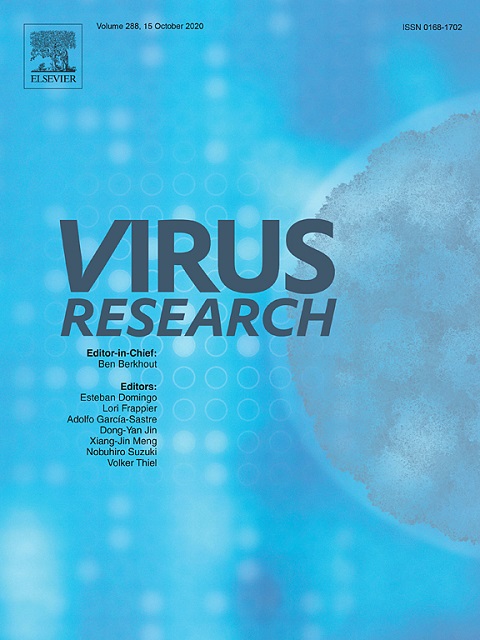Management of viral plant diseases can be improved by using models to predict disease spread. Potato yellow vein virus (PYVV) of the genus Crinivirus (Closteroviridae) is transmitted in a semi-persistent manner by the greenhouse whitefly Trialeurodes vaporariorum (Hemiptera: Aleyrodidae). Although several approaches exist for modeling insect population growth, modeling vector-born virus spread remains difficult because fundamental knowledge on the relationship between virus transmission and temperature is lacking for most vector transmitted viruses. To address this challenge, we initially developed a temperature-dependent phenology model for the whitefly vector using the Insect Life Cycle Modeling (ILCYM) software. In the present study, the effect of temperature on the efficiency of virus transmission by the whitefly was determined through controlled laboratory experiments at 8 constant temperatures in the range from 10 to 25 °C. The vector capacity to transmit the virus was highest at 15 °C (about 70 % probability of infection) but decreased radically as temperature deviated from this optimum temperature to <10 % at temperatures of 10 and 20 °C, respectively. The temperature-dependent probability of virus transmission by a single adult whitefly could be described by a nonlinear function, which was validated by transmission frequencies observed at fluctuating temperatures. This function combined with life table parameters calculated from previously established temperature-dependent phenology model for the vector provided a full temperature-responsive model for predicting PYVV spread potential and transmission probabilities. For spatial risk predictions, we devised two virus transmission risk indexes and tested their performance in correctly predicting virus presence/absence with field survey data. The best performing risk index was used to generate risk maps, which reflected well the current (real) occurrence of the virus but also predicted areas at high risk, where the virus has not previously been reported. One of them in western Panama was targeted for surveillance and resulted in identification of the virus in the country, where it was not previously known to occur. Simulated risk maps for the year 2050 revealed that climate change may significantly affect, the risk of distribution, generally reducing in tropical areas of the world, but increasing in the temperate regions.
A temperature-driven model for potato yellow vein virus transmission efficacy by Trialeurodes vaporariorum (Hemiptera: Aleyrodidae)
Citation: Gamarra, H.; Carhuapoma, P.; Cumapa, L.; Gonzalez, G.; Muñoz, J.; Sporleder, M.; Kreuze, J.F. (2020). A temperature-driven model for potato yellow vein virus transmission efficacy by Trialeurodes vaporariorum (Hemiptera: Aleyrodidae). Virus Research. ISSN 0168-1702. 289: 198109
2020-09-29
CROP AND SYSTEMS SCIENCES CSS, CROP PROTECTION, POTATO AGRI-FOOD SYSTEMS, POTATOES
Latin America, South America
Ecuador, Panama, Peru
journal_article

